Comparison of different machine learning approaches to predict dental age using Demirjian’s staging approach
Résumé
Context: Dental age, one of the indicators of biological age, is inferred by radiological methods. Two of the most commonly used methods are using Demirjian's radiographic stages of permanent teeth excluding the third molar (Demirjian's and Willems' method). The major drawbacks of these methods are that they are based on population-specific conversion tables and may tend to over- or underestimate dental age in other populations. Machine learning (ML) methods make it possible to create complex data schemas more simply while keeping the same annotation system. The objectives of this study are to compare (1) the capacity of ten machine learning algorithms to predict dental age in children using the seven left permanent mandibular teeth compared to reference methods and (2) the capacity of ten machine learning algorithms to predict dental age from childhood to young adulthood using the seven left permanent mandibular teeth and the four third molars.Methods: Using a large radiological database of 3605 orthopantomograms (1734 females and 1871 males) of healthy French patients aged between 2 and 24 years, seven left permanent mandibular teeth and the 4 third molars were assessed using Demirjian's stages. Dental age estimation was then performed using Demirjian's reference method and various ML regression methods. Two analyses were performed: with the 7 left mandibular teeth without third molars for the under 16 age group and with the third molars for the entire study population. The different methods were compared using mean error, mean absolute error, root mean square error as metrics, and the Bland-Altman graph.Results: All ML methods had a mean absolute error (MAE) under 0.811 years. With Demirjian's and Willems' methods, the MAE was 1.107 and 0.927 years, respectively. Except for the Bayesian ridge regression that gives poorer accuracy, there was no statistical difference between all ML tested.Conclusion: Compared to the two reference methods, all the ML methods based on the maturation stages defined by Demirjian were more accurate in estimating dental age. These results support the use of ML algorithms instead of using standard population tables.

